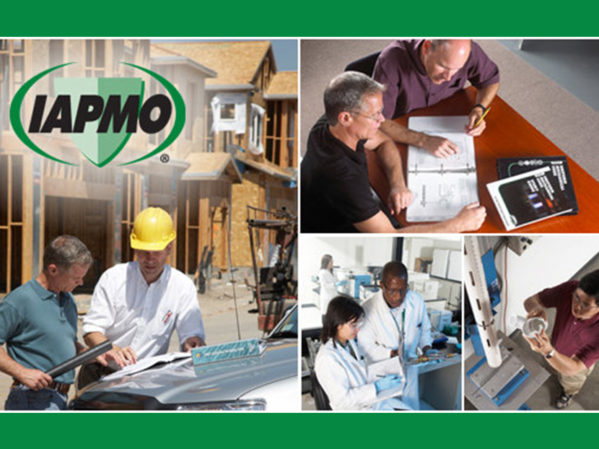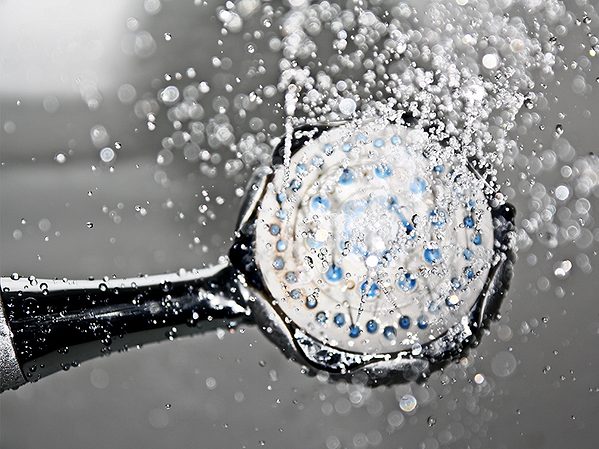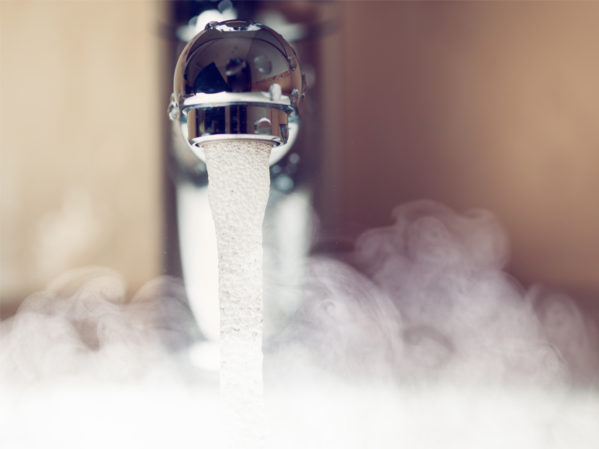Scald Prevention
Feature
As hospital systems design behavioral health spaces, engineering teams need to provide the next level of care.
Read More
Code Classroom
IPC Code Changes, Part 5
A continued summary of significant revisions of the International Plumbing Code to be published in the 2021 edition.
Read More
Feature
Netzero multifamily hot water production and distribution
The leading edge of plumbing optimization.
Read More
Code Classroom
Shower Limit-Stops
Necessary adjustments after changing the hot water system temperature.
Read More














